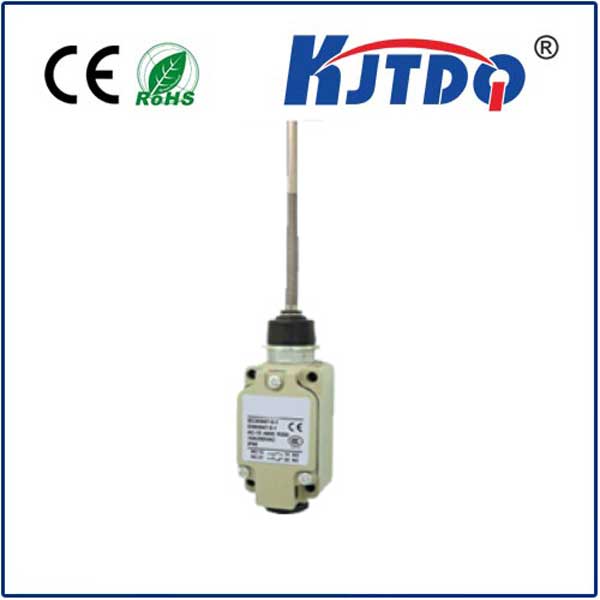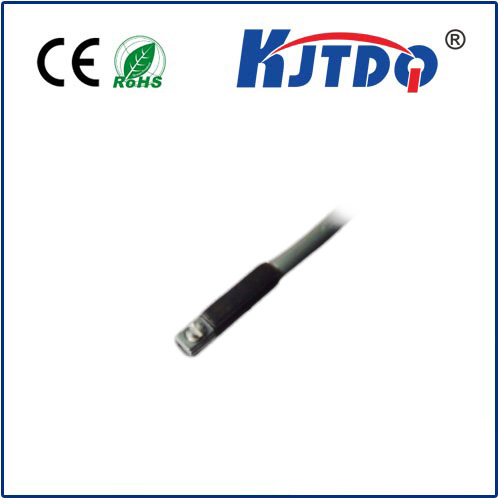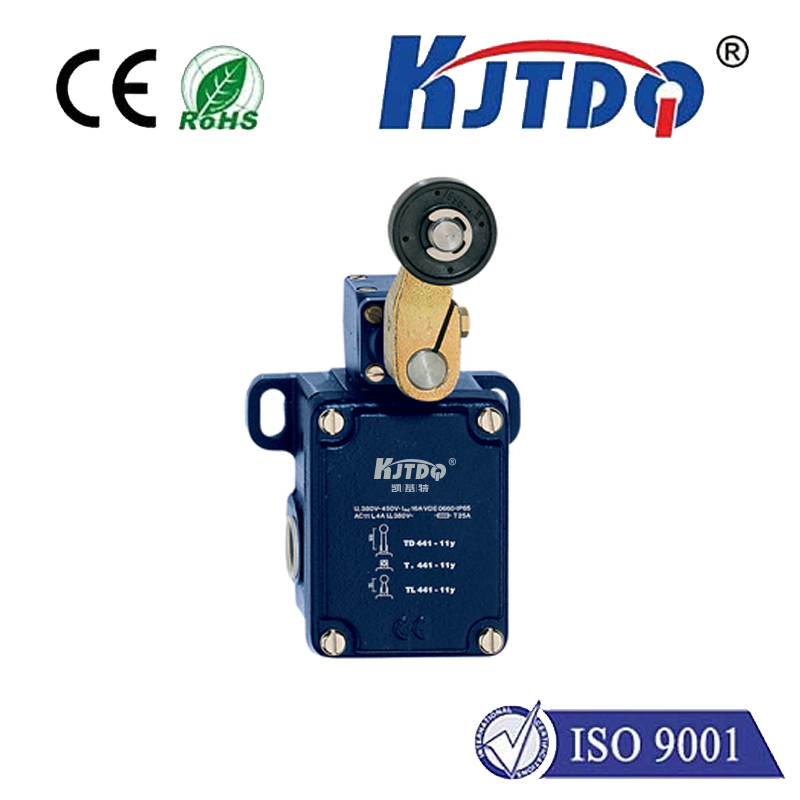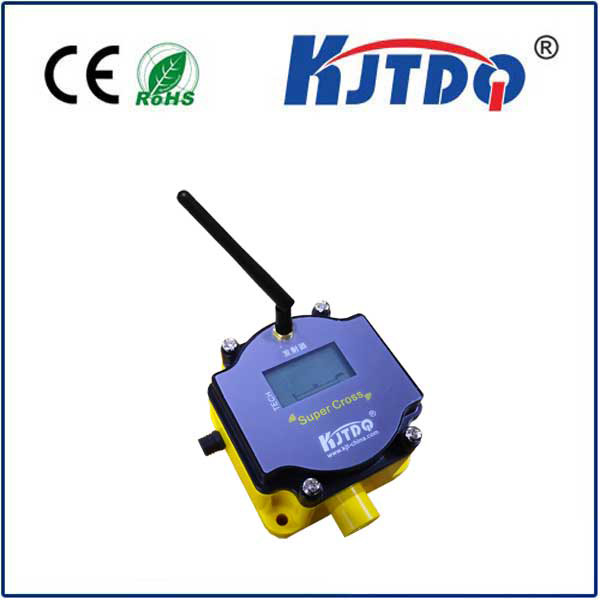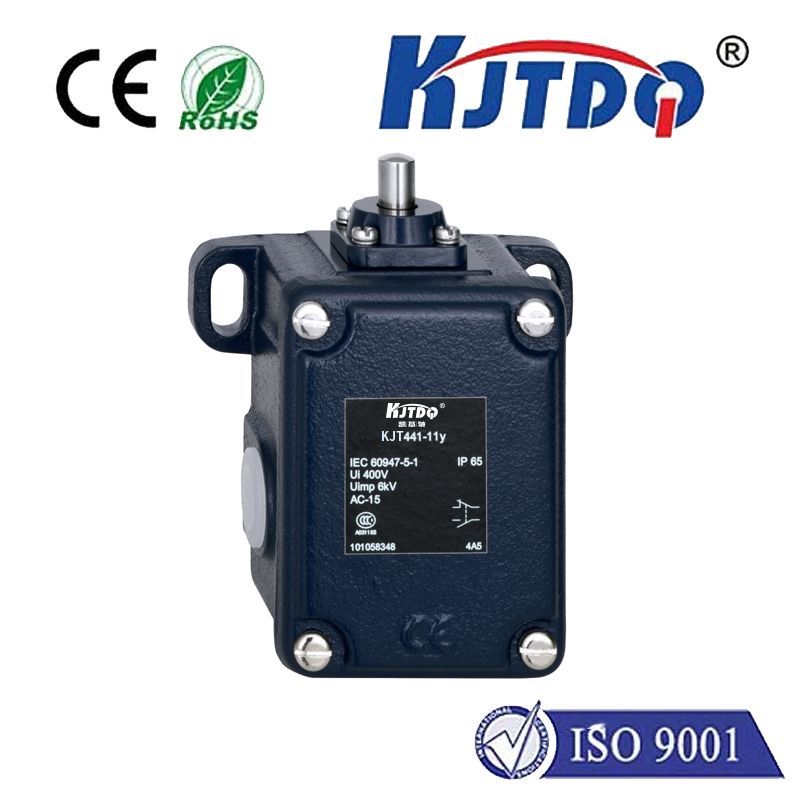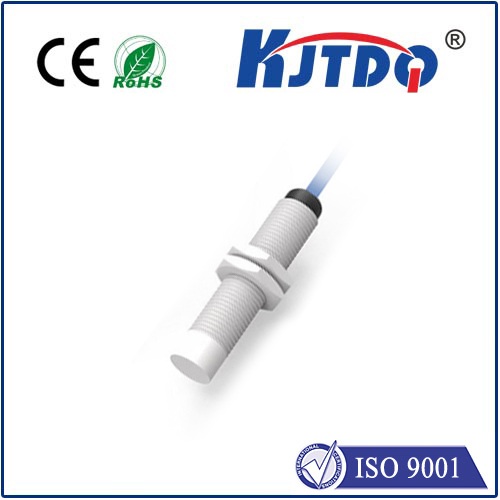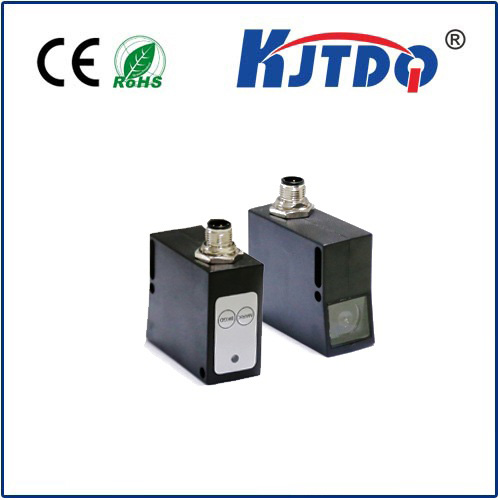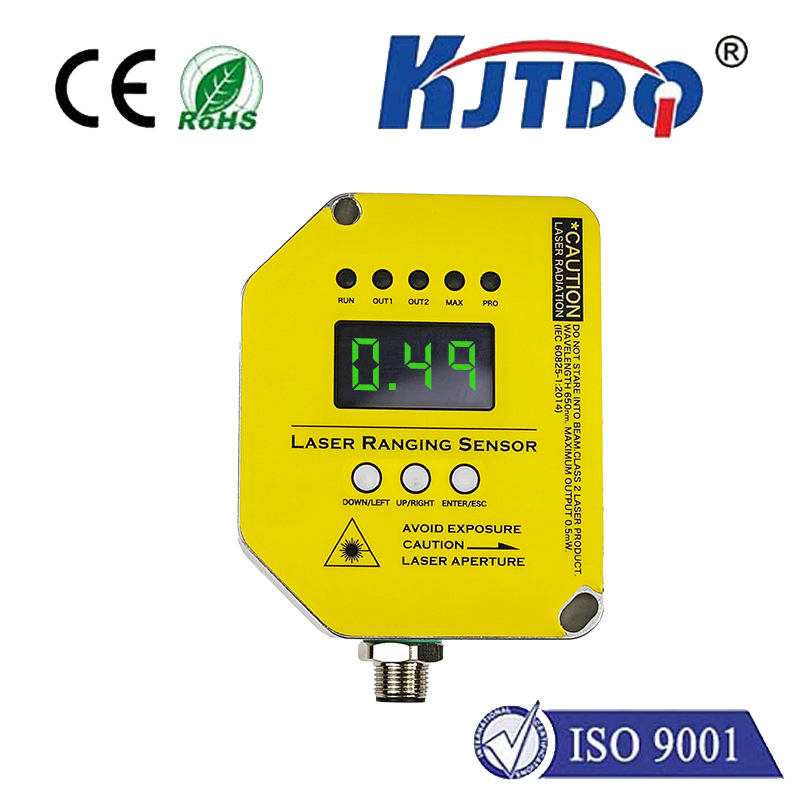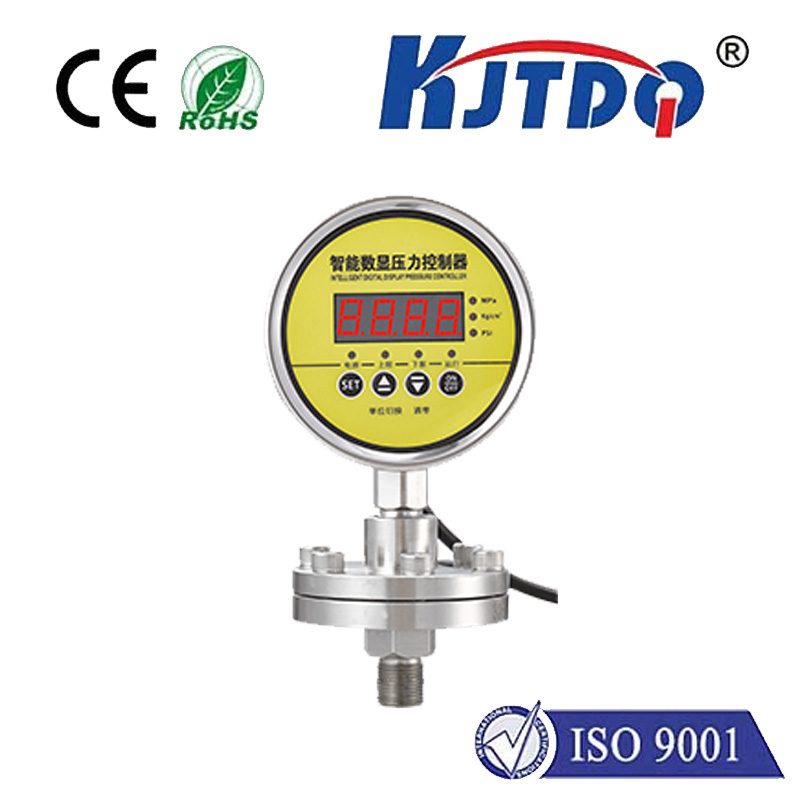E3T-FT23 2M micro photoelectric sensor
- time:2025-09-27 00:34:04
- Click:0
E3T-FT23 2M Micro Photoelectric Sensor: Precision Sensing in Tight Spaces
In the intricate dance of modern automation, where components jostle for position on densely populated assembly lines and robots navigate confined spaces, traditional sensors often become a spatial liability. This is where the E3T-FT23 2M Micro Photoelectric Sensor truly excels. Designed with a relentless focus on miniaturization without sacrificing performance, this remarkable sensor offers a powerful solution for applications demanding high-precision detection in severely space-constrained environments.
The Essence of the Miniature: Understanding the E3T-FT23 2M
At its core, the E3T-FT23 2M is a photoelectric sensor, utilizing a beam of light (typically infrared) to detect the presence, absence, or specific characteristics of an object. What sets it apart is its category: it’s a micro photoelectric sensor. The designation “2M” commonly refers to its sensing distance, which in this case is 200 mm (0.2 meters). This through-beam sensor requires two separate units: a projector (emitter) and a receiver. The emitter sends out a focused light beam, and the receiver detects it. When an object interrupts this beam, the sensor triggers a signal.
The defining characteristic of the E3T-FT23 2M, however, is its exceptionally compact size. Engineered to fit where larger sensors simply cannot, its miniature footprint allows it to be mounted in locations previously deemed impossible for reliable photoelectric sensing.
Why “Micro” Matters: Overcoming Space Constraints

The drive towards miniaturization across industries like electronics, medical device manufacturing, and micro-mechanics is relentless. This creates significant challenges for integrating sensing technology:
- Limited Real Estate: PCB assembly lines, intricate robotic grippers, automated test fixtures, and compact machinery often have vanishingly small gaps available for sensor installation. Standard-sized sensors block paths or simply don’t fit.
- Weight Sensitivity: In applications like lightweight robotic arms or high-speed pick-and-place systems, even a few extra grams can impact performance, speed, and energy consumption. Micro sensors like the E3T-FT23 2M contribute minimal weight.
- Object Proximity: When sensing tiny components or objects packed closely together, a bulky sensor housing can physically interfere with the very items it needs to detect.
- Aesthetic & Ergonomic Design: In consumer electronics assembly or medical devices, maintaining clean lines and compact designs is paramount. Micro photoelectric sensors integrate seamlessly without compromising form.
The E3T-FT23 2M directly addresses these challenges. Its ultra-compact design allows it to slip into tight gaps, mount on small brackets near grippers, or monitor narrow pathways without obstruction, enabling automation and precision where it was previously unfeasible.
Core Strengths of the E3T-FT23 2M Micro Sensor
Beyond its size, this sensor brings several key advantages to demanding applications:
- High-Precision Detection: Despite its small size, it offers reliable object detection at its specified 200mm range. The focused beam ensures accurate triggering on tiny or thin objects.
- Robust Performance: Engineered for industrial environments, it typically features good resistance to ambient light interference and stable operation within specified temperature and humidity ranges.
- Fast Response Time: Micro photoelectric sensors like this are often designed for high-speed applications, capable of detecting rapid object movement on fast assembly lines. This speed is critical for maintaining throughput.
- Simple Integration: Through-beam types generally offer straightforward setup and alignment compared to some reflective models. The separation of emitter and receiver provides a clear, unambiguous detection signal.
- Reliability: Built to industrial standards, these sensors deliver consistent, dependable operation, minimizing downtime in critical processes.
Ideal Applications: Where Compact Precision Shines
The unique strengths of the E3T-FT23 2M 2M micro photoelectric sensor make it indispensable in numerous scenarios:
- Electronics Manufacturing:
- Verifying the presence of miniature components (chips, capacitors, connectors) on PCBs before soldering.
- Detecting thin wires or leads during automated insertion processes.
- Counting tiny parts in vibratory feeders or highly compact assembly cells.
- Monitoring tape-and-reel packaging operations.
- Small Parts Assembly & Handling:
- Ensuring correct orientation of micro parts before robotic placement.
- Detecting jams in miniature conveyor channels or chutes.
- Actuating mechanisms when small objects pass a specific point in tight machinery.
- Precision positioning in watchmaking or micro-engineering.
- Robotics & Automation:
- Object detection within compact robotic grippers or end-of-arm tooling (EOAT).
- Confirming part pickup/drop-off by small collaborative robots (cobots).
- Safety interlocks in confined robotic work cells.
- Tracking small items on miniaturized automated guided vehicles (AGVs) or conveyor sections.
- Medical Device & Pharmaceutical:
- Detecting vials, syringes, or blister packs on high-speed, compact filling or packaging lines.
- Verifying component assembly in small medical instruments.
- Monitoring lab automation equipment handling samples in microplates.
- Textiles & Printing:
- Detecting thread breaks or presence on intricate looms or sewing machines.
- Verifying label or ticket position on small printers and applicators.
- Monitoring paper/ribbon feed in compact printing devices.
Key Considerations for Implementation
While extremely versatile, maximizing the effectiveness of the E3T-FT23 2M micro photoelectric sensor requires attention to detail:
- Precise Alignment: As a through-beam sensor, proper alignment between the emitter and receiver is absolutely crucial for reliable operation. Misalignment can cause false triggers or missed detections. Use mounting brackets designed for stability.
- Dust & Contaminants: While robust, excessive dust, smoke, or heavy contamination in the optical path can attenuate the light beam, potentially reducing sensing reliability. Ensure the environment is suitable or consider protective measures.
- Highly Reflective Targets: Glossy or mirrored objects can sometimes reflect enough light back to the receiver even when interrupting the beam, causing detection errors. Sensor selection and mounting angle need careful consideration in such cases.
- Electrical Connections: Ensure secure and correct wiring according to the sensor’s specifications (e.g., NPN/PNP output, voltage requirements). The compact size means connections need to be neat and secure without straining the housing.
- Mounting Stability: Vibration can be an enemy of precision alignment. Use secure mounting methods to prevent the micro sensor units from shifting during operation.
Unlocking Potential with Miniature Sensing
The E3T-FT23 2M micro photoelectric sensor, with its ultra-compact design and reliable 2-meter sensing distance, represents a powerful tool for engineers and designers pushing the boundaries of automation. Its ability to deliver high-precision detection in spaces where traditional sensors are impractical opens doors to new levels of efficiency, miniaturization, and innovation. Whether it’s ensuring the flawless assembly of the latest smartphone, guiding a micro-robot’s delicate operation, or guaranteeing the integrity of life-saving medical devices, this micro photoelectric sensor proves that sometimes, the smallest components deliver the most significant impact in the complex world of industrial automation. Its presence, though physically small, is fundamentally enabling.






